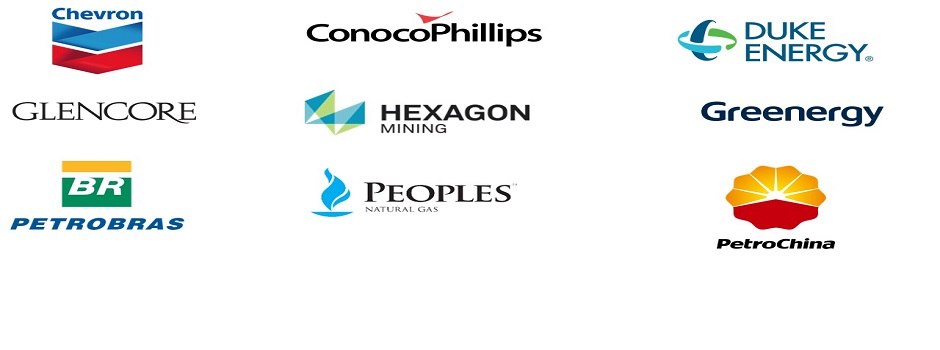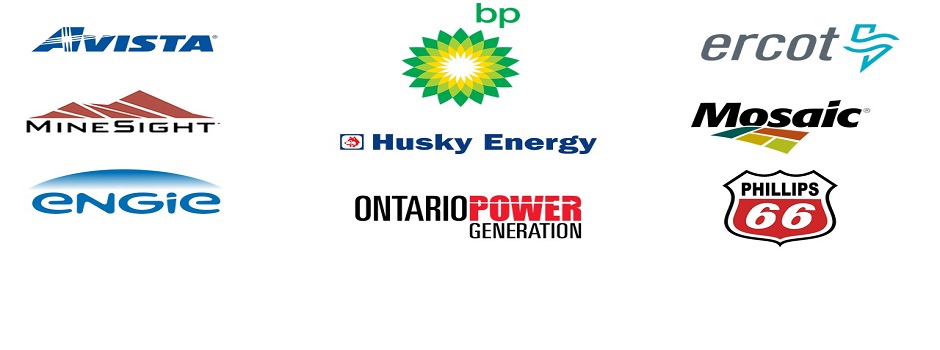-
What'sBest!
What'sBest! lets you build linear, nonlinear, and integer models in Excel. Models are easy to build and understand using standard spreadsheet equations.
LINGOLINGO is a comprehensive tool designed to help you build and solve linear, optimization models quickly, easily, and efficiently.
LINDO® APILINDO® API creates optimization applications. It allows you to plug the power of the LINDO® solver right into customized applications that you have written.
- 1
Announcing LINDO API 15, the Solver Engine Callable Library
LINDO API 15 includes substantial improvements to all components of the library, the LP/MIP solvers, Global optimizer, Nonlinear solver, and has enhanced support for external MIP solvers.
Details:
• Improved reproducibility when solving a problem repeatedly, particularly with the concurrent option choosing the fastest of Barrier, Primal simplex, and dual simplex.
• Global solver offers improved handling of IF statements and polynomials.
• Recognizes the CENSOR( x, LB, UB) construct which is the simplest form of an S-curve function such as might be found in neural networks.
• Recognizes the POLYNOMIAL construct to better exploit univariate polynomials.
• Improved Multi-start for quickly finding good solutions to difficult nonconvex problems,
• Increased support for external solvers, including linear solvers such as COPT, CLP, HIGHS,
• Improved support for some external Nonlinear solvers.
• LINDO API 15 is available on all major platforms: Windows, Linux, MacOS, ARM, Android.
Announcing LINGO 21, Algebraic Modeling Language and Solvers
LINGO 21.0 includes a wide range of performance enhancements and new features:
• Improved reproducibility when solving a problem repeatedly, particularly with the concurrent option choosing the fastest of Barrier, Primal simplex, and dual simplex.
• Global solver offers improved handling of IF statements and polynomials.
• New symmetry detection capabilities have been added to the integer (MIP) solver. This can dramatically reduce the time needed to prove optimality on some models with integer variables.
• Improved Multi-start for quickly finding good solutions to difficult nonconvex problems.
• External Solvers Improvements. Increased support for the external solvers, including linear solvers such as COPT, CLP and HIGHS. Improved support for not only CONOPT, but also external Nonlinear solvers such as IPOpt
• Enhancements to the Windows version:
o Improved model editor, with the ability to split the edit window into multiple panes.
o New auto-completion of common keywords when typing.
o Larger Undo Redo buffer with support for more operations.
o Faster find and replace method.
o Larger toolbar buttons.
o Improved Unicode handling.
Announcing LINGO 20 : New Features
+ Improved API interface. It is now much easier to incorporate your LINGO
model(s) into your own custom designed system.
The standard LINGO distribution has examples to illustrate how to do this.
+ LINGO in Excel. It is now easy to integrate a LINGO model into an Excel
spreadsheet. The end user sees it as just a smart Excel spreadsheet that can solve say,
a cutting stock problem for metal fabrication, or vehicle routing and delivery problems, or
a supply chain shipping assignment problem, and more.
+ New REST API distributed computing interface. If you want to have an
optimization based application accessible on the web from smart phones and
other devices, this is now easier to do.
+ Improved capability to create a Docker Image. If you like to be able to move an
application from one server to another with minimum hassle, Docker has proven to
be a popular way of achieving such portability.
+ Improved interface to R. The R statistical package is a popular way of doing
statistical analysis. It is now much easier to establish an interface between your
data in R and your optimization model in LINGO.
+ Improved interface to Python. Python is one of the most popular languages for
doing general computations. It is now much easier to establish an interface
between your Python application and your optimization model in LINGO.
+ Improved support for implied set names such as J01..J99, Jan..Oct, etc.
+ Improved ODBC connection to databases allowing import of sets (in addition to
attributes) within Calc sections.
+ Ability to generate alternate optimal solutions to linear programming models.
This may be done interactively, or programmatically within Calc sections using the
@NEXTALTOPT() function.
Performance Improvements
+ Linear and Integer Solver Improvements.
Improved heuristics for general integer programs.
Average performance improvement of 2-3% on our standard test set.
+ Nonlinear and Global Solver Improvements
Faster (order of magnitude) solution of linear fractional programs (ratio
objectives)
+ Support for additional useful but “problematic” functions:
Power utility function (x^g-1)/g and
exponential ratio function (exp(g) – 1)/g, are important in some
situations modeling consumer behavior. The solver can now robustly avoid the
numerical problems that would otherwise occur when g approaches 0.
+ Linearization Improvements
More expressions can be automatically linearized, so you can now use a fast
linear solver where otherwise a much slower (30x?) nonlinear solver might be
required. Improved linearization of certain IF expressions.
Announcing What’sBest! 19, the Optimization Add-in for Excel
Release 19 includes a wide range of performance enhancements and new features:
• Advancements in the Nonlinear and Global Solvers including improved handling of IF statements and polynomials.
• Improved Multi-start Solver for quickly finding good solutions to difficult non-convex problems.
• Improved reproducibility when solving a problem repeatedly, particularly with the concurrent option when solving with fastest of Barrier, Primal simplex, and Dual simplex solver.
• Improved handling of Blackbox Excel models, that have either
o All variables binary,
o All functions in the optimization model are linear.
In these situations, all available Excel functions can be used.
New What’sBest! functions
• WBPOLYNOMIAL to efficiently handle univariate polynomials, and
• WBCENSOR to efficiently handle piecewise linear S shaped functions as in neural nets.
• Improved warning messages for improperly formulated models.
• External Solvers Improvements. Increased support for the external solvers, including linear solvers such as COPT, CLP and HIGHS. Improved support for not only CONOPT, but also external Nonlinear solvers such as IPOpt
Linear-Integer solver:
+ Improved heuristics for general integer programs.
+ Average performance improvement of 2-3% on our standard test set.
+ Improved method for generating all alternative optima to a linear program.
The first call to LSgetNextBestSol() creates a prespecified number of corner points
via pivoting on the optimal solution set.
Subsequent calls will nonredundantly return successive corner points.
Standard solution query methods can be used to access primal-dual vectors
following each call to LSgetNextBestSol.
Linearization
+ Support for Indicator constraints, e.g., z = 0 implies x + y <= 0;
+ more expressions can be automatically linearized, so you can now use a fast linear
solver where otherwise a much slower (30x?) nonlinear solver.might be required.
+ advanced linearization of QP and Conic models
+ improved linearization of certain IF expressions.
Nonlinear and Global solver:
+ faster (order of magnitude) solution of linear fractional programs (ratio objectives).
+ improved bound tightening process in preprocessing of nonlinear models.
+ auxiliary variables generated automatically to improve performance with
complicated expressions.
+ Support for additional useful but “problematic” functions:
Power utility function (x^g-1)/g and the exponential ratio function (exp(g) – 1)/g,
are important in some situations modeling consumer behavior.
LINDO API can now robustly avoid the numerical problems that would otherwise
occur when g approaches 0.
Interfaces:
+ Julia/JuMP is now supported officially.
+ Python interface installations now easier via pip (pypi.org)
+ Matlab interface now has two alternative methods for linear and integer
optimization, LSlinprog and LSintprog. Argument lists follow their counterparts,
linprog and intprog, in Matlab’s optimization toolbox.
| Support: (312)988-9421 | © 2025 LINDO Systems, Inc. | |
| Contact us | Privacy policy | Acknowledgements | FAQ |








